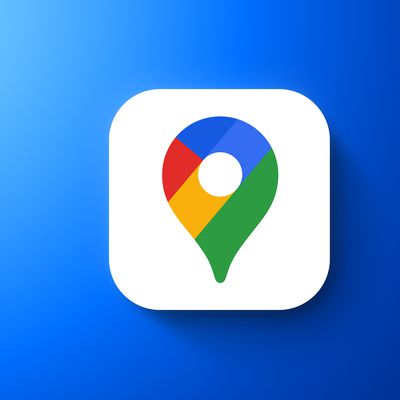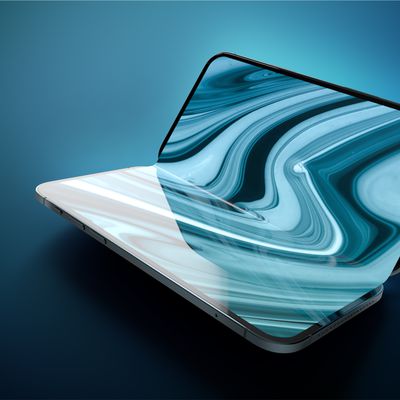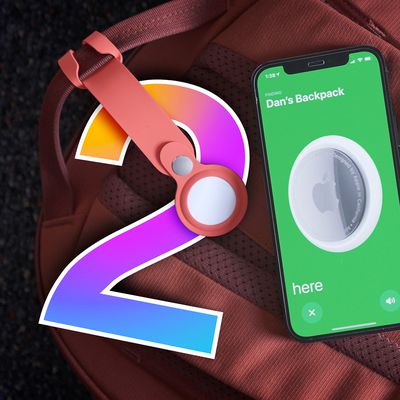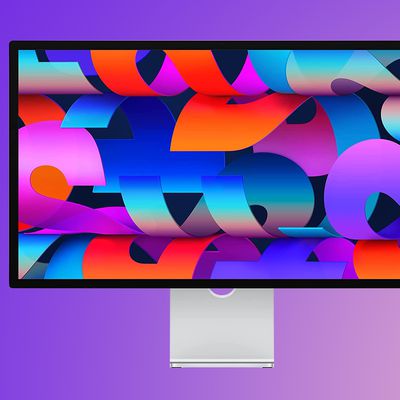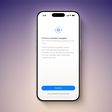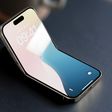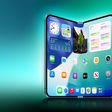Betanews reports (via The Loop) that according to market research firm NPD, Apple claimed 91% of the revenue market share for computers costing $1,000 or more in June. While NPD's sales numbers are limited to brick-and-mortar retail stores, the data shows a remarkable continuation of a trend that has been in place for several years now. While Apple's overall unit market share remains below 10%, the combination of Apple's growing market share over the past several years, refusal to compete in the low-end market, and declining Windows PC prices have led to Apple's domination of the "premium" price segment.
According to NPD, in June, average selling prices for all PCs sold at US retail was $701, or $690 for desktops and $703 for notebooks. But the ASPs get more interesting when comparing Macs to Windows PCs. For all Windows PCs, ASP was $515 in June. For Macs: $1,400. Desktop Windows PC ASP: $489. Mac desktops: $1,398. Windows notebook ASP was $520, or $569 when removing all those nasty, margin-sucking netbooks. Mac laptops: $1,400.
Mac ASPs have been higher for a long time, because Apple chooses not to compete at lower prices. The real entry price for Apple computers is $999 for the white MacBook and $1,199 for either the low-end iMac or MacBook Pro. By comparison, Windows netbooks sell for as little as $199, unsubsidized, and even some fuller-sized laptops don't cost much more. For example, HP laptops start at $349.99 after rebate.
With Apple's outstanding performance in the PC market in which it plays, the question becomes whether it can continue to find ways to expand its market and drive continued growth. Given Apple's reluctance to participate in the low-end market, the key to continued Mac growth appears to be Apple's ability to draw consumers into the higher-end market through the perceived value of its offerings. Recent price cuts across its notebook line are clearly one method Apple has chosen in order to entice would-be customers to consider Macs.
Based on data from NPD and other analysts, including Piper Jaffray's Gene Munster, Apple's price cuts at the high end significantly boosted Mac sales, which at US retail were up 16 percent year over year in June. Rather than aim low, Apple chose to make the high lower, in a segment where Macs already commanded overwhelming market share.



